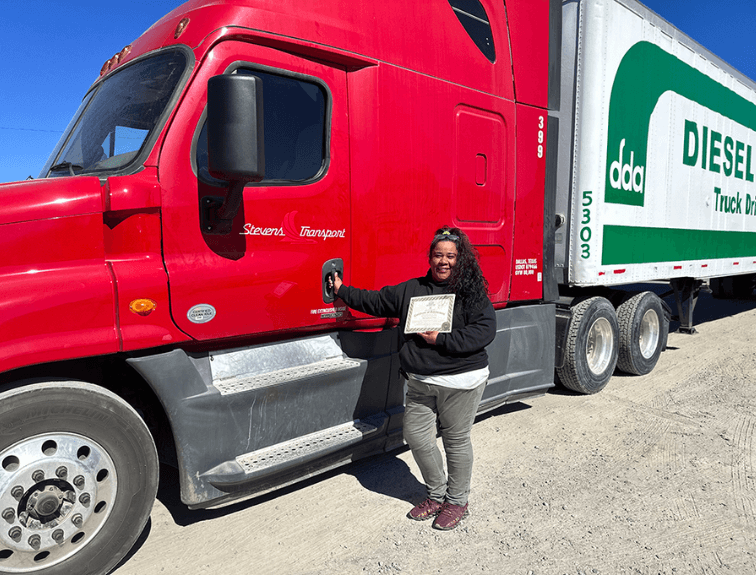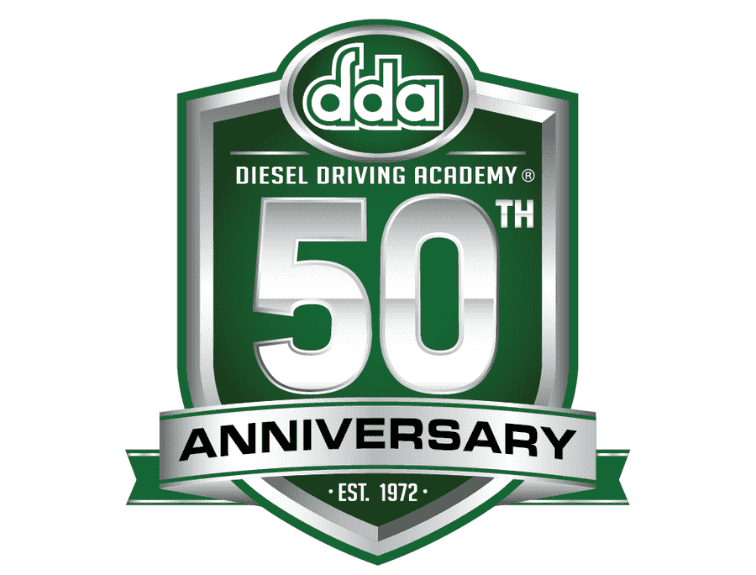Health Tips for Professional Drivers
 How to Build and Maintain a Healthy Lifestyle for Truck Drivers
How to Build and Maintain a Healthy Lifestyle for Truck Drivers
Today’s professional truck drivers can spend up to 11 hours a day sitting behind the wheel, working toward their end goal of picking up or delivering loads. The job has many positive highlights, including above-average monetary compensation, visiting new destinations, and exploring every inch of the country. Despite this, one negative that continues to plague the industry is poor health. For most, they spend the majority of the day sitting behind the wheel. When rest breaks do occur, the limited food options available include something fried or highly processed. These circumstances and varied shift hours can make finding ways to stay healthy a challenge. However, there are ways to start and maintain a healthy lifestyle as a professional driver. Keep reading to see what health tips you can incorporate into your new professional driving career!
Introduce Healthy Eating Habits
In a recent CDC study, 70% of surveyed long-haul truckers were obese. A truck driver’s diet mainly consists of truck stop food that can be high in fats and sugars. Over time, overconsumption of these options can lead to many health issues, such as diabetes, joint and back pain, and stroke. These problems are a gateway to other problems and can lead to heart disease and different chronic, debilitating, and potentially fatal outcomes.
To combat this, it’s imperative you introduce and stay on top of healthy eating habits. The easiest way to start this health tip is to swap out your beverage of choice. Most options are a hidden wealth of added and unwanted calories. Drink water or unsweetened tea instead of sugary sodas, teas, and other drinks. Alternatively, you could make tea and sweeten it yourself—just be sure to go easy on the sugar.
Next, take caution in the foods you consume. Here, the key is to reduce portions and work in equal parts proteins, carbs, and fats. Keeping healthy snacks such as nuts, protein bars, tuna pouches, and fresh fruits and veggies can also help when the cravings arise. When working on this section, it’s important not to stray far from your current diet, as studies have suggested that cutting everything out entirely can lead to psychological consequences and revert you to your old habits quicker. If you prefer cooking your meals, there is a surplus of cooking appliances that you can bring on the truck, which allow you to cook hassle-free, even while you’re driving. After you stop for the day, your meal will be ready to enjoy!
Make Exercise a Habit, Not an Event*
For many, the typical workout scenarios are near impossible. Most gyms don’t allow truck parking, and truck stops are generally located off the side of a highway. So how do you stay healthy when your exercise options are so limited? Well, where there’s a will, there’s a way!
Even if you can’t go 30 minutes daily on the treadmill, you can still squeeze in some stretches and a little cardio in or around the truck. For cardio, you can walk or jog laps around the truck – it only takes 16 to equal half a mile or 32 for a full mile! For less intimidating exercises, you can work on jumping jacks or stretches. If cab space allows, you can invest in a small set of dumbbells, jump rope, or exercise bands. If you’re not sure where to start, there are tons of free and low-cost online classes and videos that you can use. The best health tip for this is to start slow, do only what you can, and then work up. Set goals and push yourself more each day as you get stronger.
Health Tip #3: Take Care of Your Mental Health
One often overlooked aspect of a healthy truck driver is getting plenty of sleep. Weight gain often leads to trouble sleeping, leading to problems like sleep apnea that can be dangerous for a trucker. Lack of proper rest can lead to fatigue, an essential factor drivers are instructed to look out for.
Lack of sleep can also contribute to other mental health points, including unwanted stress and loneliness. To confront this, it’s essential to take home time to spend quality time with loved ones whenever possible. When you can’t, there are always phone and video calls.
To help clear your mind while driving, you can always listen to your favorite music and podcasts. When safely stopped, you can game online with friends or watch a new show or movie. These measures may seem small, but they can help you relax before catching up on well-deserved rest.
DDA’s Commitment to Your Successful Career
When you are a truck driver, being healthy can be the difference between a bad accident and a safe trip home, or it can mean extra years that your body is in good shape to run on the highways, providing for your family and serving your industry. DDA is here to help you care for yourself during your CDL training and long, fruitful professional driving career. Our experienced driving instructors will work with you to master all aspects of your new career. Our proven hands-on training and classroom instruction has helped tens of thousands of new drivers begin successful careers. Financial Aid and Job Placement services are also offered to all qualified applicants.
Ready to get behind the wheel? Fill out the form on this page, or contact us to speak with our Admissions Officers today!
*Please consult your physician before beginning any exercise program










